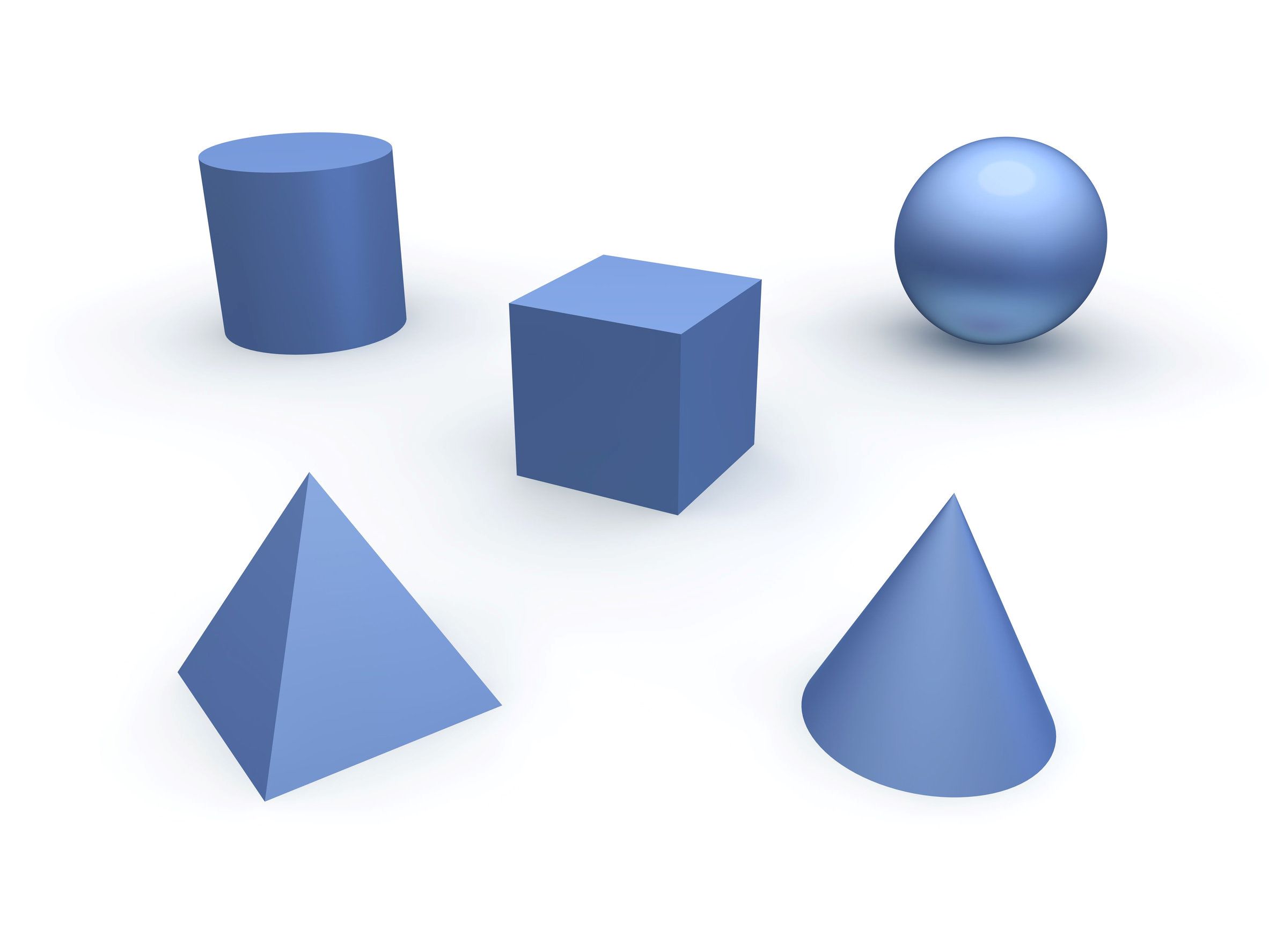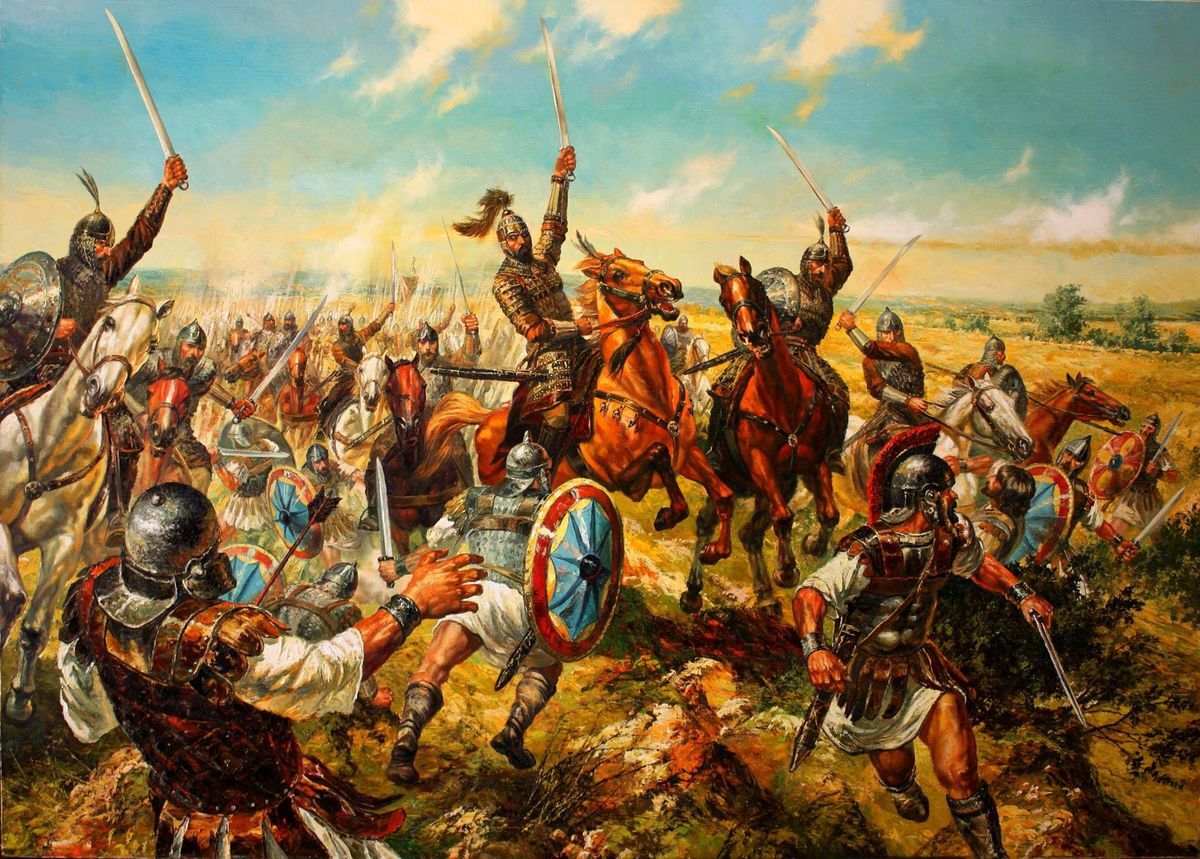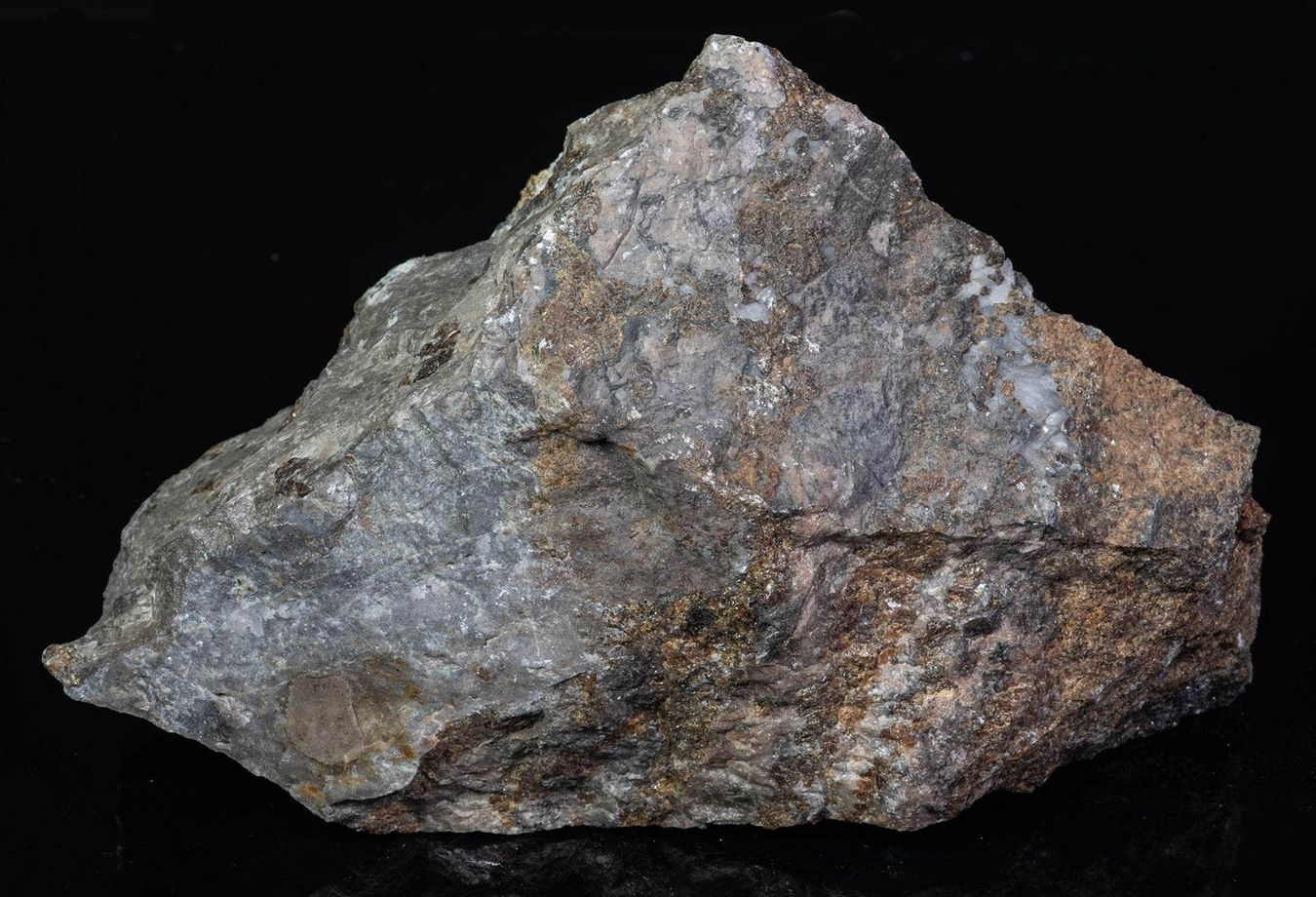
Shapes are all around us, and we see them every day. From basic geometric shapes like circles, squares, and triangles to more complex forms like polygons and irregular shapes, they are fundamental to our understanding of the world. But have you ever wondered what makes a shape unique? In this article, we will explore 18 fascinating facts about shapes that you might not have known. Whether you’re a math enthusiast or simply curious about the world we live in, these facts will surely pique your interest. So, get ready to dive into the world of shapes and uncover some intriguing tidbits about their properties, history, and significance. Let’s embark on this geometric adventure together and expand our knowledge of the fascinating world of shapes!
Key Takeaways:
- Shapes are more than just lines and angles; they have real-world applications in architecture, nature, and even geometry. From circles to hexagons, each shape serves a unique purpose.
- Whether it’s the stability of triangles, the symmetry of squares, or the efficiency of hexagons, shapes play a crucial role in our daily lives, from buildings to beehives.
The circle is the only shape with a constant width.
The circle is a perfectly symmetrical shape that maintains the same width no matter the direction of measurement. This property makes it an essential element in various applications, such as wheels and roundabouts.
A triangle is the most stable polygon.
Triangles have three sides, three angles, and offer excellent stability. This is why they are commonly used in architectural structures, bridges, and even tent designs.
The square is a special type of rectangle.
A square is a quadrilateral with four equal sides and four right angles, making it a specific subset of rectangles. Its perfect symmetry makes it visually appealing and ideal for creating balance in designs.
Polygons can have any number of sides.
While we most commonly encounter polygons with three (triangles), four (quadrilaterals), or five (pentagons) sides, polygons can have an infinite number of sides. These shapes are called “gons,” such as heptagons (7 sides) or octagons (8 sides).
The term “ellipse” refers to a stretched circle.
An ellipse is a flat, elongated circle that arises from the transformation of a perfectly round shape. It has two foci and is frequently seen in celestial bodies such as planets and moons.
A parallelogram has two sets of parallel sides.
A parallelogram is a quadrilateral with opposite sides that are parallel and equal in length. Its unique properties make it useful in architecture, engineering, and navigation.
The pentagon is a symbol of the Pentagon building in Washington, D.C.
The Pentagon, headquarters of the United States Department of Defense, takes its name from the pentagon shape, which is used to represent the building’s footprint. It is the largest office building in the world.
Polyhedra are three-dimensional shapes with flat faces and straight edges.
Polyhedra are three-dimensional objects consisting of polygons as faces, straight edges, and vertices. Examples include pyramids, prisms, and the iconic dodecahedron.
The hexagon is often found in beehives.
Bees are master architects, constructing intricate hexagonal cells within their hives. The hexagonal shape allows for maximum efficiency in space utilization and storage.
The trapezoid is used in geometry to determine area.
A trapezoid is a quadrilateral with one pair of parallel sides. Its unique shape makes it a valuable tool in geometry for calculating area by utilizing the formula: (Base1 + Base2) x Height / 2.
A rhombus is a square in rotation.
A rhombus is a quadrilateral with four equal sides but without right angles. It can be seen as a square that has been rotated, making it appear slanted.
Spheres have no edges or vertices.
A sphere is a three-dimensional object with a perfectly round shape, without any edges or vertices. It is a geometrically balanced shape often seen in nature, from planets to bubbles.
The hexahedron is another name for a cube.
The hexahedron, derived from Greek, refers to a solid figure with six faces. The most well-known hexahedron is the cube, with equal sides and right angles at each corner.
The octagon is commonly used in architecture.
The octagon is a polygon with eight sides of equal length. Its symmetrical properties make it frequently used in architecture, particularly for the design of building facades and windows.
Diamonds are technically square-based pyramids.
A diamond is formed by two triangular faces joined together at their bases. Despite its popular association with precious gemstones, the term “diamond” refers to the shape rather than the material.
The torus is a donut-shaped object.
A torus is a three-dimensional shape resembling a donut or tire, characterized by a central hole surrounded by a circular band. It appears in various forms, from the shape of a lifebuoy to the structure of atomic nuclei.
Polygons with equal side lengths and angles are regular polygons.
A regular polygon is a shape with equal side lengths and angles. Examples are the equilateral triangle, square, and regular hexagon. Regular polygons are often associated with symmetry and aesthetics.
Shapes play a vital role in graphic design and branding.
Whether it’s logotypes, logos, or product design, shapes are fundamental elements used in graphic design and branding. Different shapes evoke specific emotional responses and carry symbolic meanings.
Shapes, in all their diverse forms, are more than just geometric figures. They hold cultural, aesthetic, and practical significance, making them an integral part of our daily lives.
So the next time you encounter a shape, take a moment to appreciate its unique characteristics and the impact it has on the world around us. The 18 Facts About Shapes highlighted here provide just a glimpse into the captivating world of geometry and design.
Conclusion
Shapes play a significant role in our daily lives, from the objects we encounter to the spaces we inhabit. Understanding the fundamental aspects of shapes can help us appreciate their beauty and appreciate their practical applications. From basic geometric shapes like circles and squares to complex polyhedra, each shape possesses unique attributes that make it special.
Shapes have been studied and celebrated throughout history, and they continue to intrigue mathematicians, artists, and designers alike. Whether you’re exploring the symmetrical patterns of the Mandelbrot set or marveling at the precision of architectural blueprints, shapes capture our imagination and challenge our perception of the world.
Next time you encounter a shape, take a moment to appreciate its form and the countless ways it influences our lives. Shapes are everywhere, waiting to be discovered and appreciated.
FAQs
Q: What is a shape?
A: A shape is a two-dimensional or three-dimensional figure that has defined boundaries and distinct characteristics.
Q: How many basic shapes are there?
A: There are three primary geometric shapes: circles, squares, and triangles. However, shapes can be classified into various categories based on their properties and characteristics.
Q: How do shapes impact our daily lives?
A: Shapes are essential in various fields, including architecture, design, mathematics, and engineering. They shape our environment, dictate how objects function, and play a significant role in aesthetics.
Q: Do shapes have any symbolic meanings?
A: Yes, shapes can have symbolic meanings in different cultures and contexts. For example, a circle often represents unity and eternity, while a triangle can symbolize balance and harmony.
Q: Can shapes be used for problem-solving?
A: Absolutely! Shapes and their properties are often utilized in problem-solving, especially in fields like geometry and engineering. Understanding shapes can help solve spatial challenges and optimize designs.
Q: Can we create new shapes?
A: Yes, new shapes can be created by combining or modifying existing shapes. Artists, designers, and mathematicians often explore innovative ways to manipulate shapes and create unique forms.
Was this page helpful?
Our commitment to delivering trustworthy and engaging content is at the heart of what we do. Each fact on our site is contributed by real users like you, bringing a wealth of diverse insights and information. To ensure the highest standards of accuracy and reliability, our dedicated editors meticulously review each submission. This process guarantees that the facts we share are not only fascinating but also credible. Trust in our commitment to quality and authenticity as you explore and learn with us.


